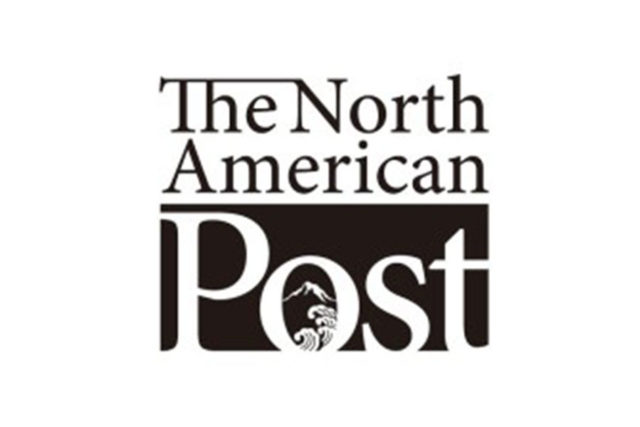By David Yamaguchi, The North American Post
HERE AND THERE IN SEATTLE, we can find interesting things right in front of our noses?“me to hana no saki”?if we pay attention. One such place is the historical bird’s eye view map of Seattle that adorns the maps-shop building on the southeast corner of South Jackson and 16th Ave S. The depiction is worth viewing, for it shows the early Seattle that the first-arriving Issei found. A rare large-scale reproduction of an 1891 map, it features individual city blocks drawn in detail, including their buildings. One can thus derive from it a deeper understanding of the origins of many aspects of the city.
Here, I will leave it to readers to peruse the complete city map there—also available online— so that I can focus on three neighborhoods that anchor the reporting of this paper; Pioneer Square, the International District, and the adjoining former Japanese neighborhood in the Central District. The latter includes the Seattle Buddhist temple and Japanese Cultural and Community Center.
IN PIONEER SQUARE, we see the great blocks of new buildings made of red brick, the “timeless” building material of the day, constructed following the Great Seattle Fire (1889). Notably, beloved buildings of this same “aka renga” era dot Japan, notably the waterfront of Hakodate (1909) and Tokyo Station (1914).
The Carrollton Hotel prominently occupies the northeast corner of Occidental Avenue—then a railroad line—and Main Street. The Carrollton would later set the scene for the story of the Itoi family in “Nisei Daughter,” the classic story of Seattle Japanese Americans.
IN THE INTERNATIONAL DISTRICT, we can see clearly how the natural waterfront ran through the neighborhood. For example, the leading shoreline intersections adjoining wharves are Fifth and Jackson, Sixth and King, and Maynard and Weller. This is the best depiction I have seen of this to date. Another is in an exhibit at the Klondike Museum in Pioneer Square.
Interestingly, a Mikado Street ran east-west south of Lane Street. It would later become today’s Dearborn Street.
IN THE CENTRAL DISTRICT, Yesler was the southernmost inhabited street running west to east between Rainier Avenue—then a railroad—and 23rd Avenue—then called Taylor Avenue. The environs of the Buddhist temple (Main St.) and Japanese Language School were bare ground.
These two facts probably explain why “Orientals” were allowed to settle the Central Area and adjoining Rainier Valley. The landscape south of Yesler was the edge of town. The valley lacks the desirable views available to the west and east. Moreover, railroads have always been noisy affairs, complete with the yesteryear hissing of steam engines, the all-hours rolling of steel wheels against steel track, and the clanging that accompanies the connecting of rail cars.
ALL OF THIS lays the foundation for the Seattle of today. For when the time came to choose a route for the light rail, the minority-dominated MLK Way S in the Rainier Valley, offered the cheapest north-south corridor to condemn for public use.
If this story—the interaction between the hand of God in sculpting the land and the human tribalism of placing
different peoples on different tracts appeals to you, then be sure to catch the Wing Luke exhibit on redlining, “Excluded, Inside the Lines,” which opens March 8. It undoubtedly builds on the broad strokes outlined here.
David Yamaguchi is a local Sansei. He has written for the Post since 2006. Tweet him @davidyamaguch10.







